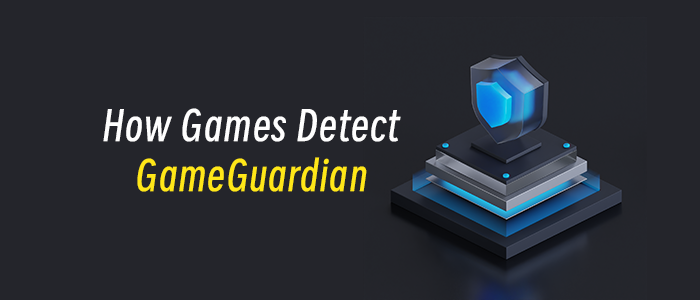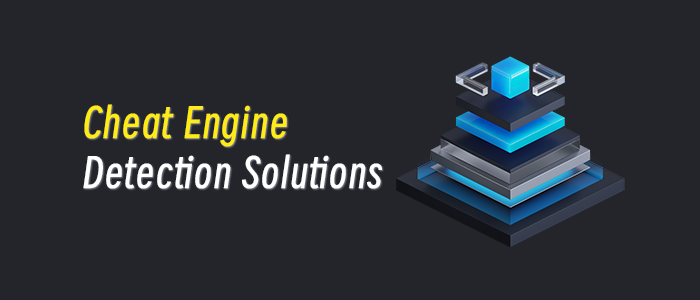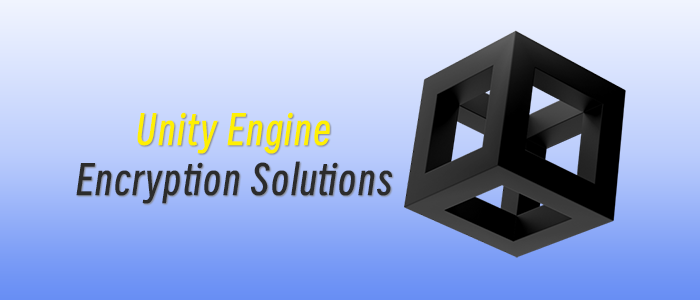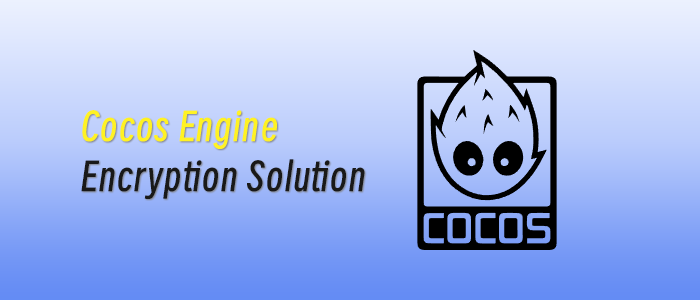Unity protection is essential in today’s game development landscape. As more games rely on Unity’s powerful engine, the need for robust unity protection services has skyrocketed. Whether you're deploying on mobile, desktop, or consoles, unity protection shields your assets from tampering, reverse engineering, and exploitation. In this article, we explore the depth of unity protection, its importance, and how you can integrate top-tier solutions into your game pipeline.
Unity protection not only defends your intellectual property but also ensures a fair, cheat-free experience for your player base. By leveraging unity protection services, developers can lock down asset bundles, encrypt Mono assemblies, and thwart illicit memory manipulation. This level of security fosters trust and protects revenue streams from harmful hacks.
Recent innovations in unity protection have introduced advanced encryption, detection, and randomization techniques that are seamless and efficient. Unity protection services are now more accessible than ever, helping developers of all scales maintain integrity without sacrificing performance. Let’s dive into the technical mechanics behind these solutions and how they are revolutionizing game protection today.
Understanding AssetBundle & Resource Encryption
AssetBundle encryption is a cornerstone of unity protection strategies. AssetBundles often contain crucial game assets—models, textures, audio—that if compromised, can be manipulated or extracted for piracy. Unity protection services employ encryption routines that wrap these bundles in secure layers, decrypting them only at runtime.
How AssetBundle Encryption Works
The process begins with encrypting the raw .unity3d files using symmetric encryption. At runtime, a small decryption stub integrated into your game handles the secure unpacking of assets. This method ensures unauthorized tools or modders cannot easily access or modify game content.
Key Technical Specifications for AssetBundle Encryption
▪ Encryption Algorithm: AES-256 with randomized IVs for each bundle▪ Runtime Overhead: ≤3% CPU during decryption
▪ Integration Points: Pre-build packaging and in-game loader modules
Mono Assembly Encryption in Unity
Mono runtime assemblies in Unity—such as .dll scripts—are prime stealing targets since they contain game logic. Unity protection services offer mono encryption modules that scramble or obfuscate these assemblies, preventing casual disassembly or tampering.
Mono Encryption Workflow
Developers integrate an encryption step during their build process, which transforms their managed .dll files into encrypted blobs. During game startup, small loader components decrypt these blobs in memory, ensuring that the original assembly never resides in accessible form.
Key Technical Specifications for Mono Encryption
▪ Encryption Method: ChaCha20-Poly1305 for authenticated encryption▪ Loader Size: ≤50 KB, minimizing bundle size impact
▪ Decryption Latency: ~15 ms on mid-range mobile devices
Detecting IL2CPP Dumps & Zygisk Bypass Attempts
Unity’s IL2CPP builds compile C# into native C++, which is harder to reverse-engineer but not immune to attacks. Savvy cheat creators use IL2CPP dumper tools or Zygisk modules on rooted Android devices. Unity protection services now include detection systems to automatically identify and block such threats.
Zygisk/IL2CPP Dumper Detection
The detection layer operates by scanning the runtime environment for signatures of known dumping tools or malicious modules. Once detected, it can gracefully shut down the game or disable certain sensitive features to prevent exploitation.
Key Technical Specifications for Detection
▪ Supported Platforms: Android (Zygisk), iOS, Windows, macOS▪ Detection Methods: Memory scanning, module name hashing
▪ Response Actions: Silent exit, user notification, report generation
Randomized Resource Encryption (“Packing”)
Repeated pattern recognition is a weakness—hackers can script automated scanners to unravel encryption. Randomized resource encryption, or “packing”, wraps each asset with a distinct encryption layer and obfuscates resource identifiers. This technique is a modern keystone in unity protection services.
Packing Process Explained
During build time, each asset receives a unique encryption key and identifier permutation. At runtime, a custom loader recalibrates resource pointers on the fly to resolve the randomized addresses. This deep obfuscation alters file structure and resource maps with each build.
Key Technical Specifications for Packing
▪ Bundle Entropy: Unique key per asset, min entropy 128 bits▪ Load-Time Cost: ≤100 ms per large asset (<100 MB)
▪ Identifier Mapping: Runtime-only mapping tables, cleared post-load
Anti-Cheat and Anti-Hack Systems
Unity protection isn’t just about obscuring assets—it’s also about maintaining game integrity. Unity protection services often include modules for anti-cheats, capable of detecting speed hacks, memory modifications, and unauthorized input macros during runtime.
Common Anti-Cheat Features
▪ Memory Integrity Check: Scans key memory regions for unexpected changes▪ Speed Hack Defense: Validates in-game timestamps against system time integrity
▪ Input Monitoring: Flags macro-based repeated patterns
▪ Server-side Validation: Enforces checks on critical player actions
Integration Workflow for Unity Protection Services
Seamless integration is vital for wide adoption. Unity protection services provide SDKs and editor plugins that embed into your CI/CD pipeline. Let’s walk through how a typical integration flows:
Integration Steps
▪ Install SDK: Add the protection plugin via Unity Package Manager or .unitypackage.▪ Configure Encryption: Set keys, algorithm preferences, and build profiles.
▪ Wrap Build: Execute a build script that encrypts/detects/obfuscates after compilation.
▪ Runtime Loader: The encrypted artifacts load via native or managed loaders.
▪ Monitoring & Updates: Log incidents and update protection rules dynamically.
Performance Considerations & Optimization
No protection solution is useful if it causes unacceptable slowdowns or bloat. Unity protection services heavily focus on performance:
CPU and Memory Footprint
Encryption and decryption tasks are often offloaded to native threads or delayed during asset streaming points to hide latency. Memory consumption stays within acceptable limits by disposing of temporary buffers immediately upon use.
Build-Time Impacts
While encryption and packing increase build time, smart caching ensures only changed assets are reprocessed. Typical added time: 5–15% for full builds, often offset by faster upload and packaging processes.
Real-World Use Cases of Unity Protection
Many game studios—from indie to AAA—have adopted unity protection services for real-world peace of mind:
Mobile Game Launches
A mid-tier mobile title saw a 70% drop in asset theft after implementing bundle encryption and mono protection. Cheat attempts dropped by 45% thanks to anti-cheat runtime detection.
PC & Console Deployments
AAA studios use IL2CPP detection and randomized packing extensively, especially in competitive multiplayer titles. The integration not only secure systems but also reduces cheat-related bans by 60% year-over-year.
Unity Protection Services: Choosing the Right One
There are several vendors in the market, but unity protection services differ in features and integration methods. Your choice should align with your game’s architecture, platform targets, and threat tolerance.
Vendor Comparison Criteria
▪ Platform Support: Does it handle IL2CPP, Mono, and Zygisk detection?▪ Encryption Strength: AES‑256, ChaCha20, randomized keys?
▪ Performance Overhead: How much latency or CPU cost? Benchmark results?
▪ Ease of Integration: SDK, CLI tools, CI/CD compatibility?
▪ Support & Updates: Frequency of patches, documentation depth?
Future Trends in Unity Protection
As threats evolve, unity protection services are investing in AI-driven detection, hardware-backed key stores, and dynamic code splitting to stay ahead:
Machine-Learning Based Cheat Detection
Next-gen engines will analyze player behavior in real time, identifying anomalies faster and with fewer false positives.
Secure Enclave and TPM Integration
Storing encryption keys in hardware (like ARM TrustZone or TPM chips) prevents them from being exposed in software memory dumps.
Dynamic Code Splitting
Breaking code into micro-bundles that load on demand, each encrypted separately—making dumps impractical and incomplete.
Frequently Asked Questions
Q: What is unity protection?
A: Unity protection encompasses methods like asset encryption, code obfuscation, cheat detection, and resource packing aimed at securing Unity-based games.
Q: How does mono assembly encryption protect my game?
A: It encrypts C# DLLs so they cannot be disassembled or modified before being decrypted in memory at runtime.
Q: Will unity protection services slow my game down?
A: Minimal impact: most solutions operate in native threads, use caching, and limit runtime overhead to a few percent.
Q: Can unity protection combat IL2CPP dumping?
A: Yes—modern protection adds runtime detection of known dumper tools and can disable game functions or exit on detection.
Q: Is encryption alone enough to secure my game?
A: No—while encryption helps, combining it with runtime cheat detection, tamper-proofing, and packing offers robust protection.
Q: How often are unity protection services updated?
A: Quality providers update regularly—monthly or quarterly—to counter emerging threats and vulnerability exploits.
Next Steps for Developers
If you’re ready to implement unity protection, begin by evaluating your project scope and threat model. Research vendors that support your platform targets (Mono, IL2CPP, mobile, desktop). Integrate their SDK in a test build, benchmark performance, and validate encryption and detection workflows.
By proactively investing in unity protection, you not only deter cheaters and hackers but also protect revenue, reputation, and player trust—creating a winning foundation for your game’s long-term success.
Conclusion
Unity protection is no longer optional—it’s a necessity. From encrypting AssetBundles and Mono assemblies to blocking IL2CPP dumpers and Zygisk bypasses, robust unity protection services form the backbone of game security. With intelligent performance designs, they safeguard your creative work and maintain a level playing field for players.
Whether you're an indie developer or a AAA publisher, adopting unity protection elevates your project’s professionalism and integrity. By choosing strong encryption, seamless integration, and ongoing threat monitoring, you lay the foundation for a secure and trustworthy gaming experience.
For developers looking for a comprehensive and seamless game protection solution, JikGuard Game Protection offers cutting-edge encryption and anti-cheat technology to ensure your game remains secure without compromising performance.Why Choose JikGuard Game Protection?
√ On-Demand Security Assessment:
Not sure if your game needs encryption? JikGuard provides free security testing and reports, helping you identify potential risks through penetration testing and in-depth analysis.√ Minimal Performance Impact:
JikGuard’s encryption system only decrypts resources when needed, ensuring that files remain encrypted in the cache and have virtually no effect on loading speed or game smoothness.√ Seamless Multi-Channel Packaging:
Supports mother package encryption, meaning all sub-packages remain protected without requiring additional processing for different distribution channels.√ No SDK Required:
Unlike traditional solutions, JikGuard does not require SDK integration—simply run a command, and the encryption process is handled automatically.√ Ultra-Low Performance Overhead:
▪ CPU usage increase: <0.2%▪ Memory consumption: <1MB
▪ Startup time increase: <25ms
▪ Package size increase: <1.3MB
Ensuring a smooth and seamless gaming experience.
With JikGuard Game Protection, you can focus on game development while ensuring top-tier security against cheats, resource leaks, and competitive analysis. Protect your game today and keep your vision intact!


































